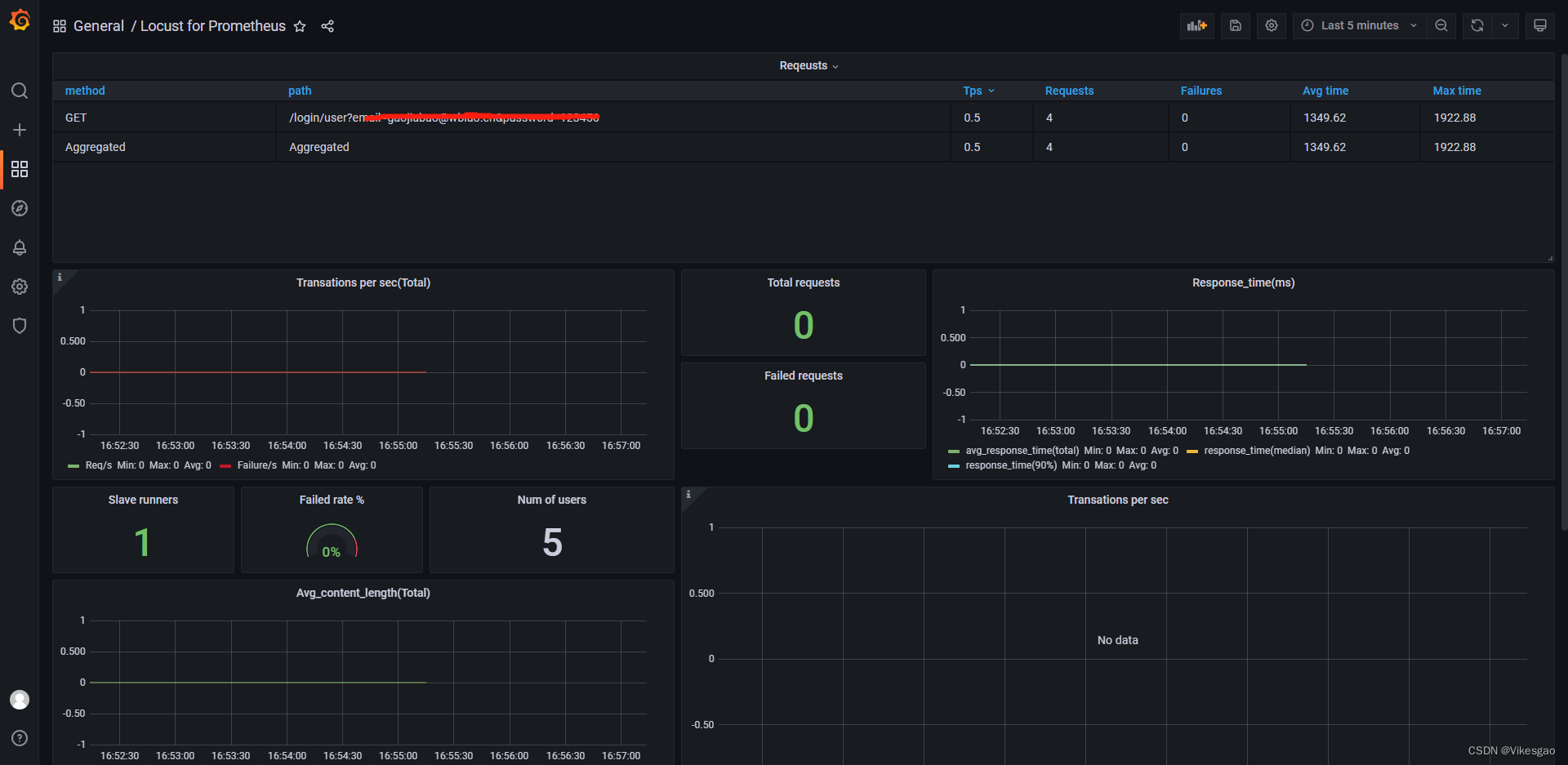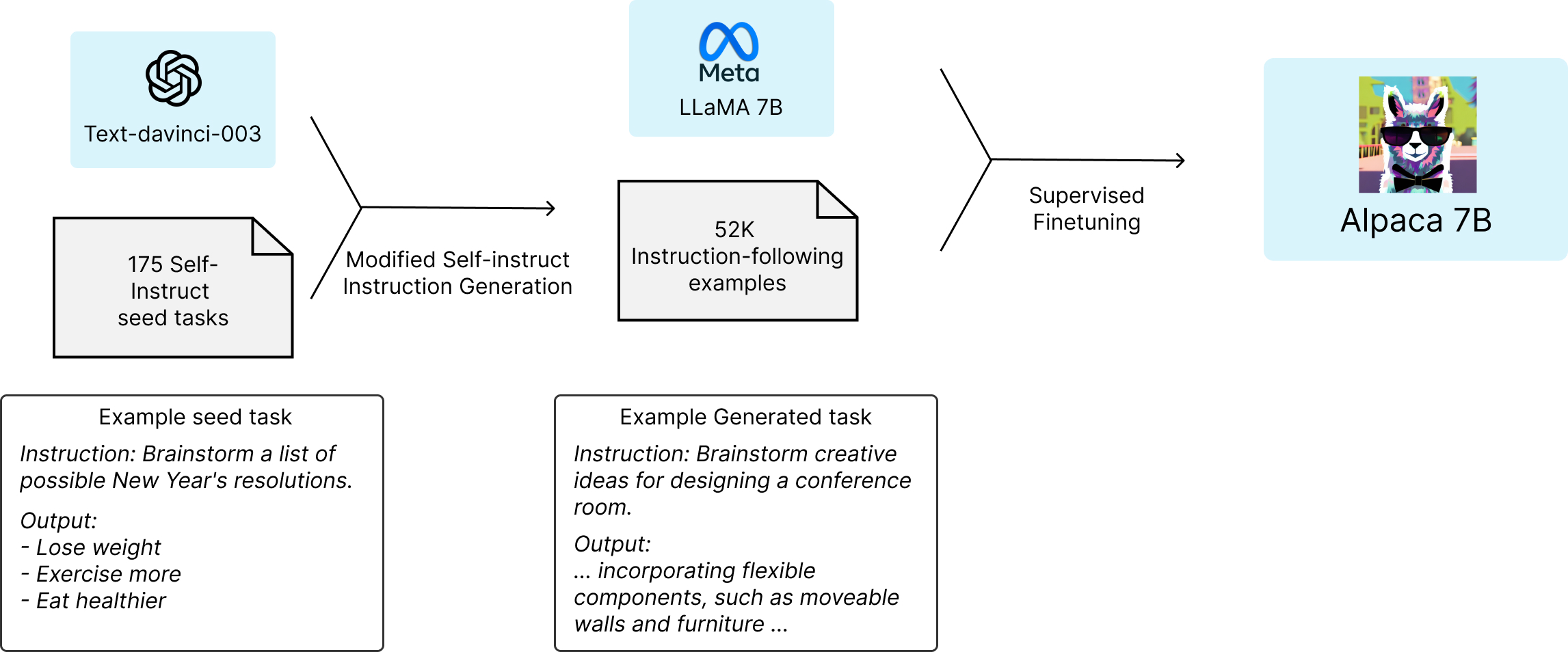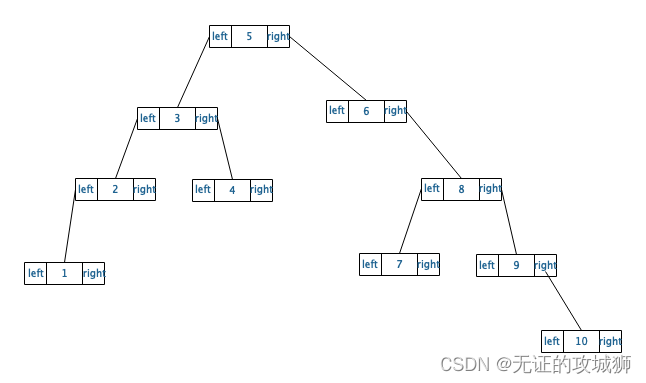1 什么是Nginx
Nginx是lgor Sysoev为俄罗斯访问量第二的rambler.ru站点设计开发的。从2004年发布至今,凭借开源的力量,已经接近成熟与完善。
Nginx功能丰富,可作为HTTP服务器,也可作为反向代理服务器,邮件服务器。支持FastCGI、SSL、Virtual Host、URL Rewrite、Gzip等功能。并且支持很多第三方的模块扩展。
其特点是占有内存少,并发能力强,事实上nginx的并发能力在同类型的网页服务器中表现较好,中国大陆使用nginx网站用户有:百度、京东、新浪、网易、腾讯、淘宝等。在全球活跃的网站中有12.18%的使用比率,大约为2220万个网站。
Nginx 是一个安装非常的简单、配置文件非常简洁(还能够支持perl语法)、Bug非常少的服务。Nginx 启动特别容易,并且几乎可以做到7*24不间断运行,即使运行数个月也不需要重新启动。你还能够不间断服务的情况下进行软件版本的升级。
Nginx代码完全用C语言从头写成。官方数据测试表明能够支持高达 50,000 个并发连接数的响应。
2 常见的代理模式
正向代理和反向代理:
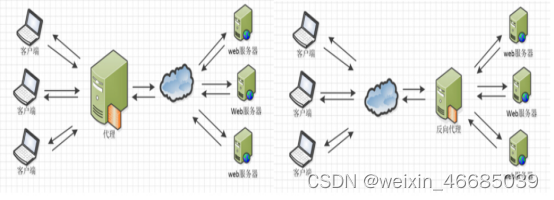
前面是正向代理,后面是反向代理。
正向VPN: 虚拟专用网
VPN英文全称:Virtual Private Network(虚拟专用网络)。 翻墙。
正向代理客户端,反向代理服务器。
3 负载均衡
Nginx提供的负载均衡策略有2种:内置策略和扩展策略。
内置策略为轮询,加权轮询,Ip hash。扩展策略,就天马行空,只有你想不到的没有他做不到的啦,你可以参照所有的负载均衡算法,给他一一找出来做下实现。
Ip hash算法,对客户端请求的ip进行hash操作,然后根据hash结果将同一个客户端ip的请求分发给同一台服务器进行处理,可以解决session不共享的问题。
4 Nginx安装
http://nginx.org/en/download.html下载稳定版本


下载------>解压------>启动。
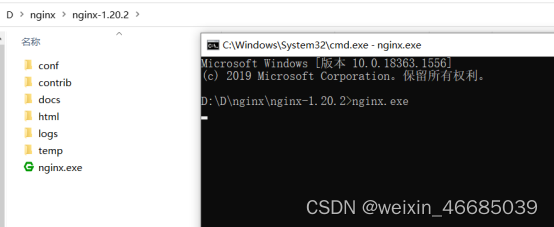
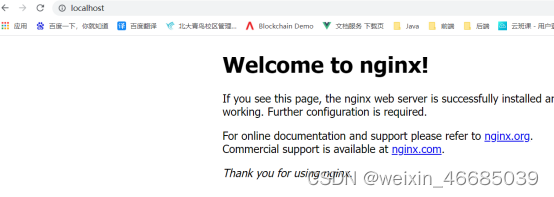
5 Nginx的核心配置文件 nginx.conf
1、全局块:配置影响nginx全局的指令。一般有运行nginx服务器的用户组,nginx进程pid存放路径,日志存放路径,配置文件引入,允许生成worker process数等。
2、events块:配置影响nginx服务器或与用户的网络连接。有每个进程的最大连接数,选取哪种事件驱动模型处理连接请求,是否允许同时接受多个网路连接,开启多个网络连接序列化等。
3、http块:可以嵌套多个server,配置代理,缓存,日志定义等绝大多数功能和第三方模块的配置。如文件引入,mime-type定义,日志自定义,是否使用sendfile传输文件,连接超时时间,单连接请求数等。
4、server块:配置虚拟主机的相关参数,一个http中可以有多个server。
5、location块:配置请求的路由,以及各种页面的处理情况。
引用:Nginx 配置详解 | 菜鸟教程
6 配置文件的常用配置:
引用:https://www.cnblogs.com/fanzhidongyzby/p/5194895.html
1.#Nginx所用用户和组,window下不指定
2.user nobody;
3.
4.#工作的子进程数量(通常等于CPU数量或者2倍于CPU)
5.worker_processes 1;
6.
7.#错误日志存放路径
8.#error_log logs/error.log;
9.#error_log logs/error.log notice;
10.error_log logs/error.log info;
11.
12.#指定pid存放文件
13.pid logs/nginx.pid;
14.
15.
16.events {
17.#使用网络IO模型linux建议epoll,FreeBSD建议采用kqueue,window下不指定。
18.use epoll;
19.
20.#允许最大连接数
21.worker_connections 1024;
22.}
23.
24.
25.http {
26. #mine.types内定义各文件类型映像
27. include mime.types;
28.
29. default_type application/octet-stream;
30.
31. #定义日志格式
32. #log_format main '$remote_addr - $remote_user [$time_local] "$request" '
33. # '$status $body_bytes_sent "$http_referer" '
34. # '"$http_user_agent" "$http_x_forwarded_for"';
35.
36. #access_log logs/access.log main;
37.
38. sendfile on;
39. #tcp_nopush on;
40.
41. #keepalive_timeout 0;
42. keepalive_timeout 65;
43.
44. #gzip on;
45.
46. #负载均衡集群设置
47. upstream tomcats {
48. server localhost:8080 weight=1;
49. server localhost:9080 weight=1;
50.
51. #根据ip计算将请求分配各那个后端tomcat,许多人误认为可以解决session问题,其实并不能。
52. #同一机器在多网情况下,路由切换,ip可能不同 ---测试的时候可以禁止此项,轮转更明显
53. ip_hash;
54. }
55.
56. server {
57. listen 80;
58. server_name localhost;
59.
60. #charset koi8-r;
61.
62. #access_log logs/host.access.log main;
63.
64. location / {
65. index index.shtml;
66. proxy_pass http://tomcats;
67. proxy_set_header X-Real-IP $remote_addr;
68. client_max_body_size 100m;
69. }
70.
71.#配置动静态分离
72.#location ~ \.(jsp)?$ {
73. #proxy_pass http://tomcats;
#proxy_set_header Host $host;
#proxy_set_header X-Real-IP $remote_addr;
#proxy_set_header X-Forwarded-For $proxy_add_x_forwarded_for;
#proxy_connect_timeout 100;
#proxy_read_timeout 100;
#proxy_send_timeout 100;
#}
#location ~ .*\.(html|htm|gif|jpg|jpeg|bmp|png|ico|txt|js|css)$ {
# expires 30d;
# root /usr/local/nginx/html;
#}
74.
75. #error_page 404 /404.html;
76.
77. # redirect server error pages to the static page /50x.html
78. #
79. error_page 500 502 503 504 /50x.html;
80. location = /50x.html {
81. root html;
82. }
83.
84. # proxy the PHP scripts to Apache listening on 127.0.0.1:80
85. #
86. #location ~ \.php$ {
87. # proxy_pass http://127.0.0.1;
88. #}
89.
90. # pass the PHP scripts to FastCGI server listening on 127.0.0.1:9000
91. #
92. #location ~ \.php$ {
93. # root html;
94. # fastcgi_pass 127.0.0.1:9000;
95. # fastcgi_index index.php;
96. # fastcgi_param SCRIPT_FILENAME /scripts$fastcgi_script_name;
97. # include fastcgi_params;
98. #}
99.
100. # deny access to .htaccess files, if Apache's document root
101. # concurs with nginx's one
102. #
103. #location ~ /\.ht {
104. # deny all;
105. #}
106. }
107.
108.
109. # another virtual host using mix of IP-, name-, and port-based configuration
110. #
111. #server {
112. # listen 8000;
113. # listen somename:8080;
114. # server_name somename alias another.alias;
115.
116. # location / {
117. # root html;
118. # index index.html index.htm;
119. # }
120. #}
121.
122.
123. # HTTPS server
124. #
125. #server {
126. # listen 443;
127. # server_name localhost;
128.
129. # ssl on;
130. # ssl_certificate cert.pem;
131. # ssl_certificate_key cert.key;
132.
133. # ssl_session_timeout 5m;
134.
135. # ssl_protocols SSLv2 SSLv3 TLSv1;
136. # ssl_ciphers ALL:!ADH:!EXPORT56:RC4+RSA:+HIGH:+MEDIUM:+LOW:+SSLv2:+EXP;
137. # ssl_prefer_server_ciphers on;
138. # location / {
139. # root html;
140. # index index.html index.htm;
141. # }
142. #}
143.
144.} 引用:(238条消息) linux+nginx+tomcat集群-简单配置文件_deng-bb的博客-CSDN博客
linux+nginx+tomcat集群-简单配置文件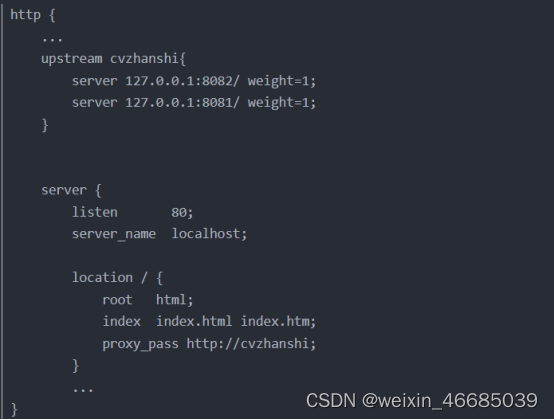
测试:
nginx+Tomcat的负载均衡配置_nginx配tomcat负载_采蘑菇的院长的博客-CSDN博客
上面链接能用
@RestController
@Slf4j
public class HelloController {
@GetMapping("/hello")
public String hello(){
log.debug("我是"+ ServiceConfig.serverPort);
return "好好学习"+ServiceConfig.serverPort;
}
}
@Configuration
public class ServiceConfig implements ApplicationListener<WebServerInitializedEvent> {
@Override
public void onApplicationEvent(WebServerInitializedEvent event) {
// 项目启动获取启动的端口号
ServiceConfig.serverPort = event.getWebServer().getPort();
}
/**
* 当前服务使用的端口号
*/
public static int serverPort;
}引用:
https://www.cnblogs.com/jiangwangxiang/p/8481661.html
启动2个Tomcat
https://blog.csdn.net/rosejeck/article/details/86149981

